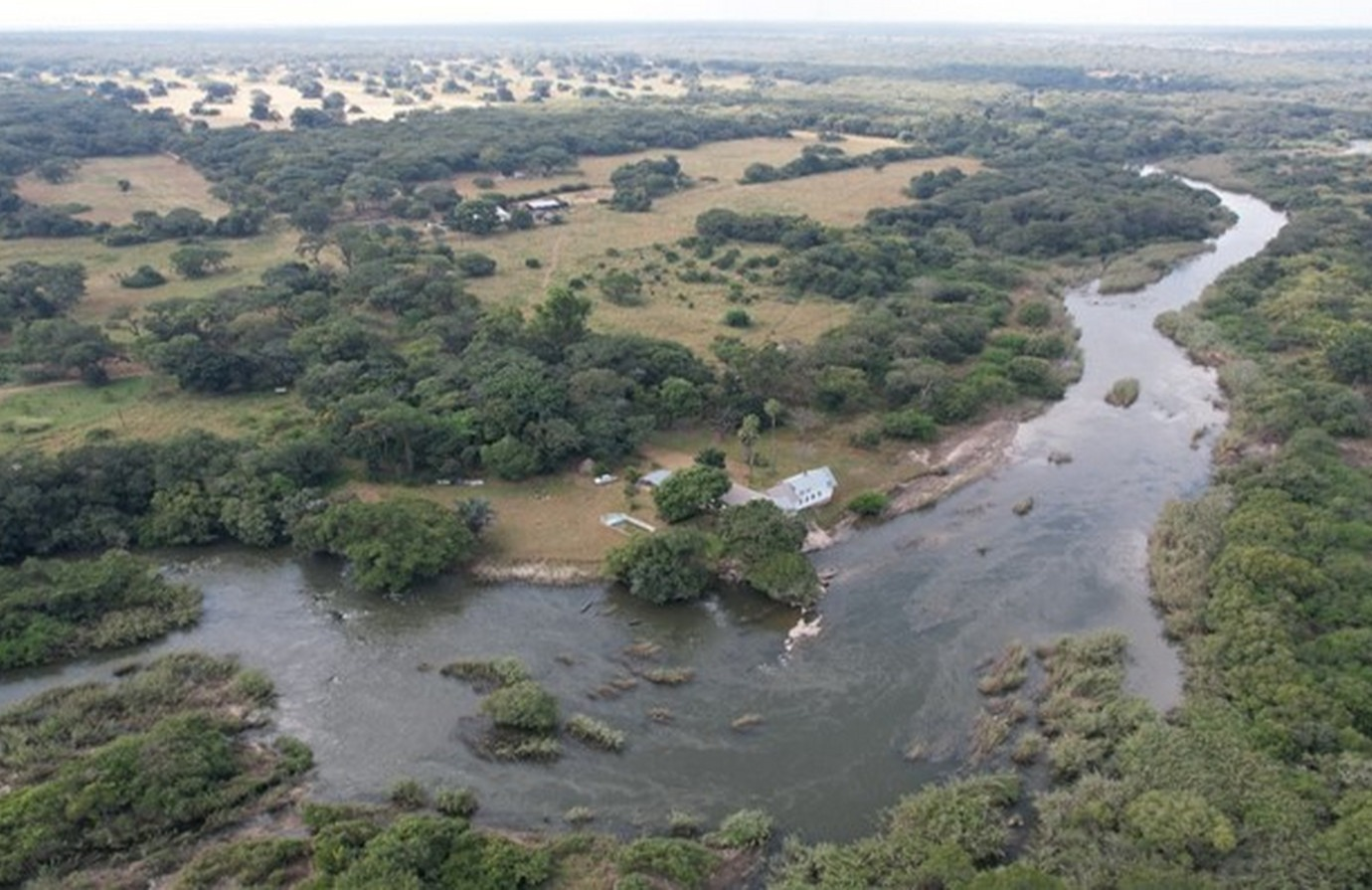Topic outline
Focusing on freshwater systems, this course inspires managers, scientists, and community members to work across disciplines and watersheds. The course coaches learners to understand, monitor, and manage watersheds as integrated systems. Lessons begin with watershed function and then focus on forests, freshwater, and fisheries. In each case emphasizing interlinkages, spatial structure, seasonality, benefits to humans, and simple monitoring indicators. Project work in the upper Kafue River watershed, one of the headwaters of the Zambezi River in Zambia, and in the Magdalena and Atrato Rivers, Colombia, offer local perspectives and convincing case studies for understanding and managing on-the-ground conditions.



This course will benefit those interested in learning about freshwater ecosystems, forest-water-fisheries linkages, and watershed management. It may be of particular interest to those with expertise in one element of watershed management, such as forestry or fisheries, and who want to uncover opportunities for working effectively with colleagues who have differing types of expertise. It primarily targets those engaged with designing watershed monitoring and management plans including:
- Managers with government offices of forestry, fisheries, water, or natural resources.
- Scientists with government offices of forestry, fisheries, water, or natural resources.
- Employees and volunteers with non-governmental organizations (NGOs) interested in initiating a watershed-based monitoring or management plan.
- Stakeholders and community members interested in initiating a watershed-based monitoring or management plan.
- Principles and ideas for multidisciplinary management across watersheds.
- Interlinkages between forestry, freshwater, climate, fisheries, and the riparian communities who depend on them as well as why watershed-based management is a key to sustainability.
- Ideas for developing indicators that can support monitoring of forests, freshwater, and fisheries as well as guidance for initiating a watershed management plan.
This course consists of five lessons of approximately 20-45 minutes duration each:
- Lesson 1 - Watersheds as interconnected units
- Lesson 2 - Forests impact freshwater and people
- Lesson 3 - Freshwater links forests, fish, and people
- Lesson 4 - Fish are essential for people and forests
- Lesson 5 - Management at watershed scales
This course runs on the latest versions of the major browsers, such as Google Chrome, Microsoft Edge, Mozilla Firefox and Apple Safari.
The course opens in a separate popup window. If this does not happen, a popup blocker in the browser is probably preventing it from opening and you will need to disable popup blockers for this site. Please read the following instructions on how to do this.
Digital certification
This course offers certification. You will get your digital badge upon passing a final exam after completing the course and achieving a grade of at least 75%. Please click on the button below to complete the exam, or refer to our Certification section to learn more.
Evaluate this course
We would be pleased to receive your evaluation of this course, to support us in improving future e-learning courses. Please click on the button below to answer the questions in the form. It should only take you a few minutes!
General




